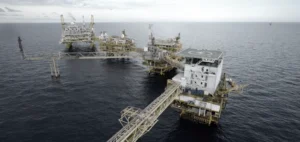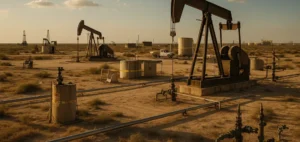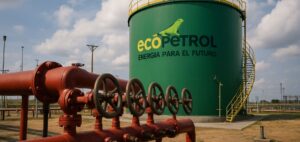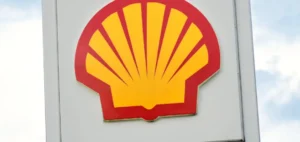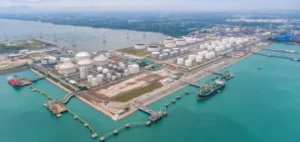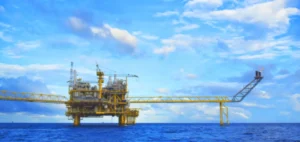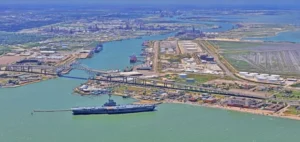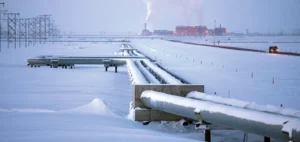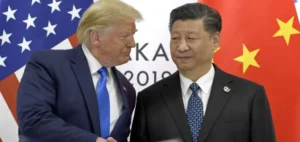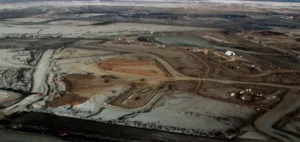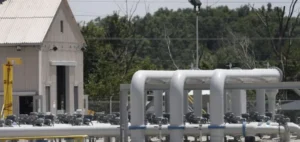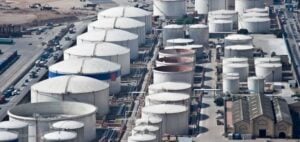The International Energy Agency (IEA) has revised its forecast for global oil demand growth in 2024 downwards, to 910,000 barrels per day (b/d), from the previous estimate of 970,000 b/d.
This reduction reflects signals of a significant slowdown in the Chinese economy and a rapid transition to alternative fuels.
On the other hand, the demand growth estimate for 2025 remains unchanged at 950,000 b/d.
The IEA anticipates a plateau in global oil demand by the end of the decade, due to persistent structural changes.
The Chinese slowdown is a central factor in this revision.
The IEA now forecasts oil demand growth in China of just 180,000 b/d for 2024, a downward revision from the previous forecast of 300,000 b/d.
This decline is linked to a decrease in consumption observed for four consecutive months up to July, contrasting with an increase of 1.5 million b/d in 2023.
This decline is explained by a general economic slowdown and an increased transition to alternative energies.
Energy substitution and economic slowdown
China’s demand for oil is weakening, notably due to the rapid growth of electric vehicles (EVs) and the intensive development of its high-speed rail network.
The substitution of traditional fuels by more sustainable solutions is contributing to this trend.
The country is also experiencing a decline in demand for domestic air travel, reducing kerosene consumption.
The global economic slowdown and low oil consumption in China indicate that peak global demand may be reached sooner than expected.
In the countries of the Organisation for Economic Co-operation and Development (OECD), the continuing contraction in demand is due to sluggish economic growth and structural challenges.
Current trends confirm the IEA’s expectation that global demand will stabilize by the end of this decade, reflecting a market increasingly influenced by energy transition and decarbonization policies.
Contrasting trends in emerging economies
The situation is different in other emerging economies, which continue to drive global demand.
In Brazil, oil consumption continues to grow, underpinned by a robust agricultural sector that is driving demand for fuel for transport and agricultural machinery.
In India, oil demand is set to grow by 200,000 b/d by 2024, surpassing that of China and becoming the main driver of global demand.
This dynamic contrasts with the more conservative forecasts of OPEC, which estimates demand growth at 2 million b/d for 2024, and S&P Global Commodity Insights, which predicts an increase of 1.5 million b/d for the same period.
Balancing supply and production challenges
On the supply side, the IEA estimates the OPEC+ group’s excess production capacity (excluding Iran and Russia) at 5.7 million b/d in August.
Production quota overruns by certain countries, notably Iraq with 470,000 b/d and the United Arab Emirates with 390,000 b/d, illustrate the complexity of maintaining supply balance in a context of fluctuating demand.
Variations in oil prices reflect these adjustments in supply and demand.
Brent North Sea crude, the global benchmark, was valued at $71.08/b on September 11, up 52 cents on the session, according to Commodity Insights data.
This price level is influenced by geopolitical and economic factors, including the production policies of OPEC+ members and demand trends in emerging economies.
The IEA revisions highlight a changing oil market, where energy transitions and global economic changes are creating a complex environment.
Oil demand growth is increasingly uncertain, as countries adapt their energy policies to meet decarbonization targets while navigating an unstable economic landscape.







